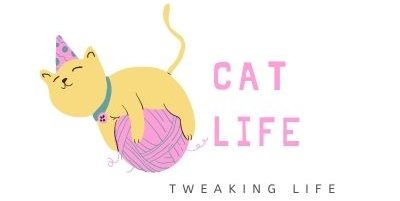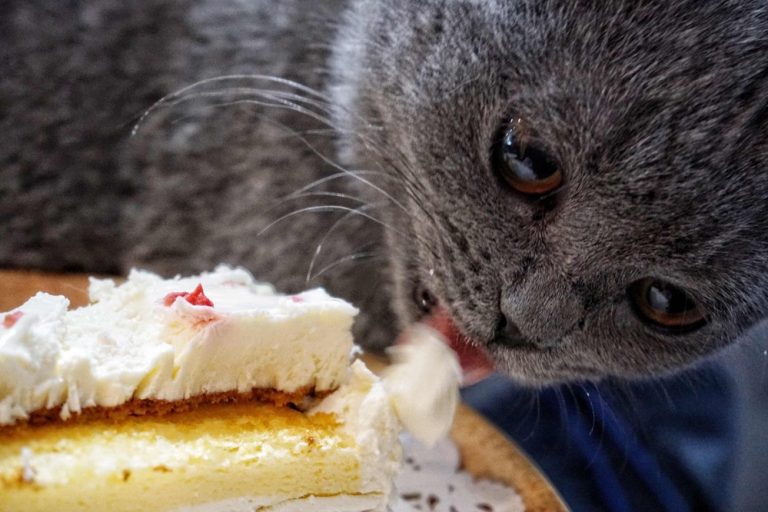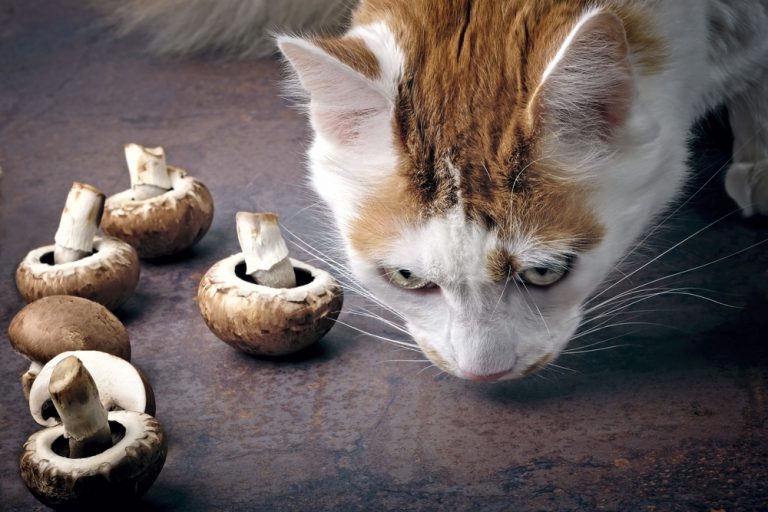Top 25 Incredible Cat Food Myths and How to Spot Them in 2024
There are so many cat food myths floating around in the pet world about our furry friends and their meals. Now, in my over 20 years as a cat owner, I’ve surely seen most if not all. Here is me debunking some of the most marketing myths for you.
Table of Contents
Cat Food Myth 1: Dry cat food cleans your cat’s teeth
Now, this is a myth I also once believed and I’m pretty sure even some vets believe this one to this day.
Cats’ teeth are designed in a way to tear and rip apart some mice and other small animals. This if we observe closely is a wet diet as the meat can’t be dry.
Now, to assume that kibble scratches the plaque off your catto’s teeth is wrong. First of all, the cat doesn’t chew kibble. They simply swallow it.

In fact, the kibble can be a problem for your kitto. Imagine if a piece gets stuck in between your cat’s teeth.
Just like carbohydrates and sugars break down in our teeth, they will do the same in your cat’s mouth. If not removed in time, it can lead to cavities.
Whichever diet you decide to put your cat on, regular brushing and dental hygiene is the best way to promote oral health.
Cat Food Myth 2: Canned food makes cats gain weight

The opposite is actually true. Canned wet food is recommended for cats on a weight loss journey.
The wet food is mostly water and less food matter. This means fewer calories and so more weight is lost. The water content is also high, reducing any chances of Urinary Tract Infections (UTI).
Cat Food Myth 3: Commercial cat foods are “junk foods” or “too processed”
I first heard this myth in a cat group where a new cat purrent was asking for recommendations for their new kitto.
Let’s start by saying, anything eaten when not raw is processed. Processing food is not an entirely bad thing.
In the process, the cat food undergoes some value addition and is fortified with more nutrients.
Cat Food Myth 4: Cats can eat dog food
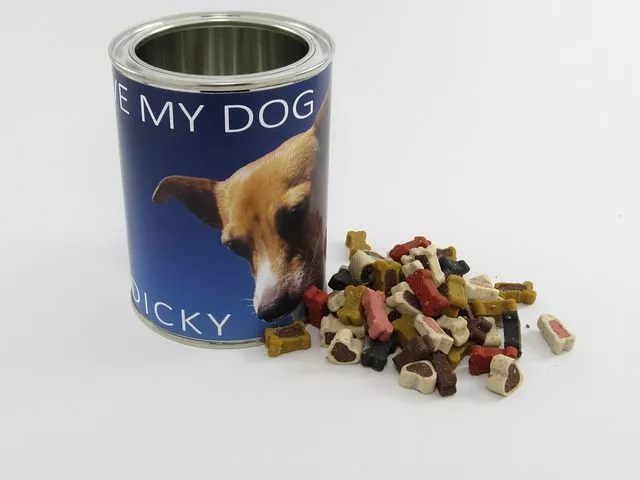
There are some foods that are designed for both cats and dogs. However, most are formulated for either cats or dogs.
The two have somewhat different dietary needs and require different feeds to fulfill those needs. For example, cats require more proteins than dogs.
Additionally, cats need taurine to survive.
Pro tip: If your cat suddenly starts eating flies, then they are lacking taurine.
Avoid giving your cat too much dog food as this can lead to obesity.
Cat Food Myth 5: Cats should only eat a natural diet
The word natural means so many things and can easily be misunderstood. What I perceive as natural may not be natural to you.
A better way to look at this would be: ‘Is the food providing the proper nutrients for my cat’.
It’s better for your cat to eat processed nutrient-rich food than a natural diet that isn’t providing all the needed nutrients.
Cat Food Myth 6: Cats shouldn’t eat pork
Cats can and should eat pork. Pork is an excellent protein source and the meat is tender.
This is one myth that I really don’t understand how it started. Rumor has it that cats can die from eating pork. It’s a big fat lie.
How do I know? I’ve fed all my cats pork and never has any of them died as a result of it.
Now, from where I come from, you have to feed a new cat some pork just to be sure it’s a cat and not some Jin. (I know I know it sounds crazy but it actually works)
You however have to trim the fat off the meat as excessive fat can lead to obesity. Additionally, make sure you properly cook the pork and remove any bones.
Cat Food Myth 7: Dry cat foods are enough for your cat
Dry food or kibble is not all a cat needs. The lack of moisture exposes your cat to various illnesses like Urinary Tract Infections (UTI).
Wait, there’s more.
Dry foods are high-calorie foods that can easily make your kitto’s body mass explode. So unless your cat should gain weight, it’s best to use kibble with a pinch of salt.
Cat Food Myth 8: Human grade food is best for cats
We’d like to think that what is best for us is also best for our kittos. However, manufacturers don’t put into consideration pets when making human food.
There are some nutrients that cats need and we don’t. They will fortify the food with nutrients that only the human body requires.
When exclusively feeding on human commercial food, your kitto is likely to be malnourished.
Cat Food Myth 9: Cats shouldn’t eat by-products
When most people think of by-products, they immediately think of hoofs, hair, and nails.
However, by-products are not entirely bad.
Remember when a cat eats a mouse, they feed on everything including the tail. Even a lion will feed on an entire gazelle and only avoid the horns.
Cat Food Myth 10: Human food is not harmful to cats

There’s more than meets the eye when it comes to cats eating human foods. Most human foods are actually toxic to your little feline friend. Just to name a few, onions, garlic, chocolate, coffee, and alcohol.
Spices and seasonings are also a no-no for your cat.
However, this does not mean that there aren’t any safe human foods that your cat can feast on. Some include rice, watermelon, salmon, and cabbage. I have prepared a complete list of 15+ human food safe for cats that you can check out. The guide also contains additional foodstuffs that are toxic to your kitto.
Cat Food Myth 11: Cats love milk

This is arguably one of the most common myths. But did you know most cats are actually lactose intolerant?
Now, now, I know you’re probably thinking “but my cat loves milk”. Just like any mammal, your cat is accustomed to taking milk.
But studies actually prove that cats are unable to properly digest cow milk after their weaning period.
If your catto does love milk, there is a walk around this that I use. I give them some goat milk. I’ve actually found it to be softer on their tummies.
Additionally, you can also opt to give them some lactose-free milk.
Cat Food Myth 12: Cat foods labeled as complete and balanced are the best
Manufacturers and marketers are notoriously known for having the right words to say just to get into your pockets. And this is one sure way to get the money flying.
If the food is marked as complete and balanced, it surely has to be the best. Right? Wrong!
Most manufacturers might indicate that cat food is high in protein. However, they don’t indicate whether it’s animal or plant protein.
You might end up buying some kibble thinking it has animal protein only to discover later on that it is a plant protein.
Cat Food Myth 13: Carbohydrates are bad for your cat
Carbohydrates are not bad for cats. Most furr parents avoid carbs because carbohydrates have a bad rep for causing obesity.
The truth of the matter is not all carbohydrates are equal. Some like white rice may make blood sugars to quickly rise.
However, carbs in brightly colored fruits and vegs are the best for your kitto. They don’t cause a blood sugar spike, minimizing the risk of diabetes.
There are also claims that cats are not properly able to digest carbs. However, studies have proven that cats are capable of digesting and absorbing carbohydrates.
It’s also worth noting that obesity is brought about by taking in more calories than needed.
Cat Food Myth 14: Grains and other starch are only used as fillers in cat food
It’s easy to assume that grains such as corn in cat food are only used as fillers. However, this is not the case.
Although cats originally did not eat grains, studies have shown they can easily digest them. They provide essential fatty acids, minerals, fiber, vitamins, and energy levels.
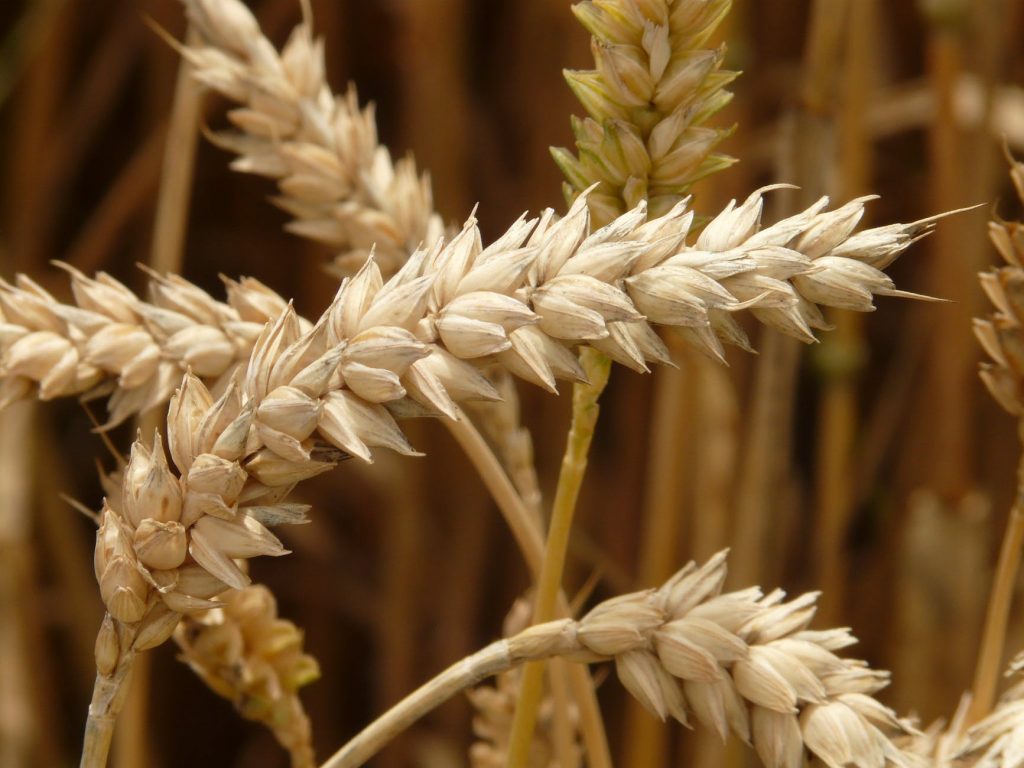
Can cats eat wheat and barley? Find out everything you need to know.
Cat Food Myth 15: Cats do not need probiotics
Cats need probiotics. Just like us, their health depends on their gut. Probiotics introduce friendly bacteria that help maintain gut health in felines.
Giving your cat probiotics can help with some digestive issues. For example, diarrhea, improve digestion and help eliminate inflammatory bowel disease.
Cat Food Myth 16: A cat should always be able to access food (Free feeding)
I once had an obese cat because of this myth. Do not let your kitto have constant access to food. It leads to overeating and obesity in the long run.
Instead, aim to feed them at specific hours. Cats love routine and will gladly adopt.
Cat Food Myth 17: Cats can’t be vegans or vegetarians

For a long time, we have been conditioned to believe that cats can’t survive on a vegan diet. But they can.
A study conducted by the Ontario vet College proved that cats on a vegan diet tend to thrive. The study also noted that the cats had better body condition and were overall healthy.
However, before switching your cat to a vegan diet, there are some precautions you need to take. I’ve prepared a guide on how to switch your cat to a vegan diet and tips on how to do it best. To learn more on this topic, check out this blog post on cats on a vegan diet.
Cat Food Myth 18: Cats should never eat a raw diet

Salmonella and other parasites are some of the reasons why cat purrents avoid feeding their kittos a raw diet. However, a cat’s digestive system doesn’t work like ours.
They have a shorter system, meaning the bacteria actually have a shorter time in the body. Raw feeding your cat has some advantages such as improved digestion and energy levels.
I once had a cat who would only eat a raw diet and shunned kibble or wet food. So, I took all measures into getting to understand this topic better.
If you’d like to explore this route, here is a list of some foods cats can eat raw without any problems.
Cat Food Myth 19: A cat food’s ingredient list determines its quality
This is a marketing trend that needs to be busted. Gone are the days I used to believe every piece of information on a food pack.
Most manufacturers list ingredients just to please the purrents. Sometimes, it’s also very difficult to know the quantity of the ingredient in the food.
Cat Food Myth 20: Cats do not need much water
Every living being needs water. Water is life. The truth is, wild cats get most of their water from the animals they eat. Take a mouse for example. The rodent is roughly 60-70 percent water.

However, domestic cats, especially those feeding on dry kibble don’t get their water from their food.
This is why you should give your catto some water. If they are reluctant on drinking some, then you can be creative. Try serving them using a water fountain to up their fluid intake.
Additionally, you can increase the number of water locations.
Cat Food Myth 21: High protein diets are hard on your cat’s kidney
Animal proteins are essential to your cat. It’s what your catto’s body knows how to digest best.
Plant protein on the other hand is another story. While they can be beneficial for your kitto, too much can actually be detrimental.
Some commercial cat foods tend to use filler proteins (Proteins from soy). Cats cannot properly digest and assimilate soy proteins.
That’s why even though they can eat edamame, it’s not a good idea to include it in their diet frequently.
Cat Food Myth 22: Mixing cat food is bad for your cat
Every cat that’s healthy can eat any type of food. So don’t worry if you’re switching up some diets and are wondering where to take the remainder.
Additionally, when introducing new food to your cat, it’s always advisable to mix with the old one so your cat can easily get used to it.
Cat Food Myth 23: Homemade cat food is healthier than other diets
The biggest problem with homemade cat diets is they may fail to address some of the cat’s nutritional needs.
Felines require high protein levels and sometimes knowing which amount to provide may be tricky.
Some purrents also opt for homemade foods because it is fresh. It’s better to go for canned cat food that has undergone thorough research and quality control checks than to prepare something at home and miss some nutrients.
If you’re cash bound and need to prepare some food for your kitto, then make sure it has a high percentage of animal protein.
Cat Food Myth 24: Cats prone to allergies should avoid cat food with wheat and grain
It is very rare to find a cat who is allergic to wheat. In fact, the VCA animal hospitals list common food allergens in cats as beef, fish, dairy, and chicken.
The grain-free cat foods are just a marketing hype to drive more sales.
Cat Food Myth 25: Expensive means quality cat food
I’ve heard this myth uncountable times. The fact that a pet food is expensive doesn’t mean it’s the best for your cat.
From experience, some of the best cat food I’ve used were actually mid-range budget.
There we have it, 25 common marketing myths debunked.
Is it true that dry cat food helps clean my cat’s teeth?
Many believe that dry cat food, or kibble, helps in maintaining dental hygiene for cats by scraping off plaque. However, this is a myth. Cats typically don’t chew their kibble enough for any significant cleaning effect. In fact, some kibble can get stuck in their teeth, leading to dental issues.
Can feeding my cat canned food lead to weight gain?
Contrary to the common myth, canned food is not necessarily linked to weight gain in cats. In fact, canned food can be a part of a weight loss or maintenance diet due to its high water content and lower calorie density compared to dry food.
Are dry cat foods alone sufficient for my cat’s hydration and nutritional needs?
Relying solely on dry food can lead to dehydration and other health issues in cats. Cats naturally have a low thirst drive and may not drink enough water to compensate for the lack of moisture in dry food.
Can cats to eat pork?
The myth that cats can’t or shouldn’t eat pork is not based on scientific evidence. Pork can be a good source of protein for cats. However, it’s important to feed pork in moderation, ensure it’s cooked properly (to avoid pathogens), and remove any bones to prevent choking or digestive obstructions.
